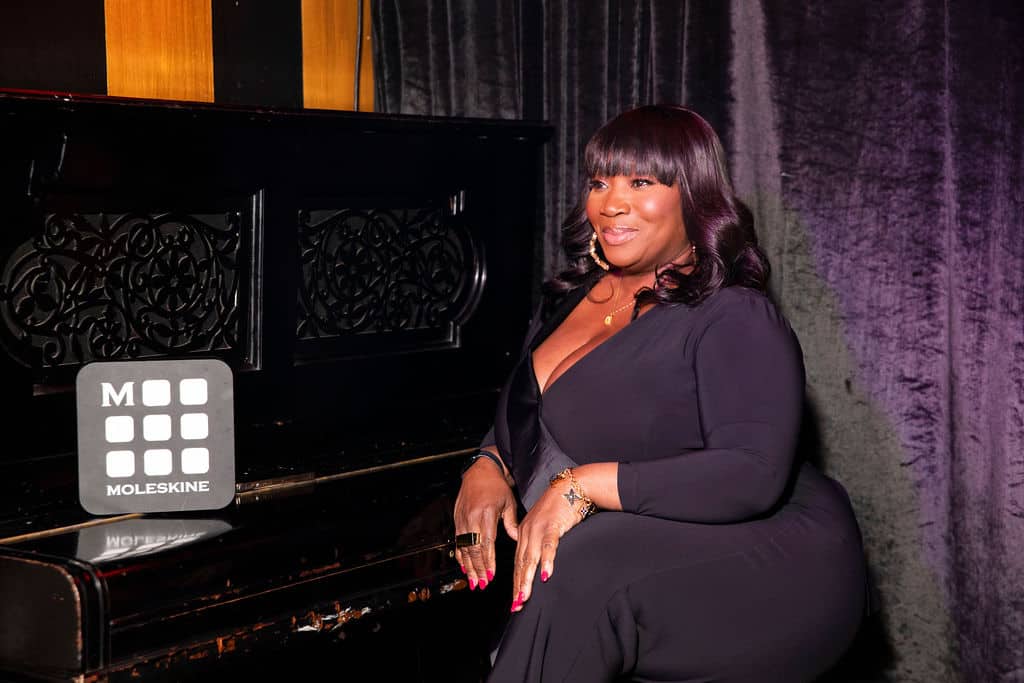“Picasso said that ‘art is a lie that helps us see the truth,’ and Barry’s stories function in the same way about Chicago in the 1950s,” director Rob Christopher told me during our 2019 conversation about his extraordinary film, “Roy’s World: Barry Gifford’s Chicago.” “He uses his memories to create fictionalized versions of that time period. I figured that Barry’s interviews could be a connective tissue between the stories, giving us a sort of background for them and contributing some autobiographical details without it being a talking heads movie. My motto was, ‘Let the stories speak for themselves.’”
Barry Gifford is the acclaimed author perhaps best known to movie buffs for writing the book Wild at Heart that David Lynch adapted into 1990’s Palme d’Or winner of the same name, starring Nicolas Cage and Laura Dern as fiercely devoted lovers Sailor and Lula. Seven years later, Gifford and Lynch co-wrote the director’s game-changing thriller, “Lost Highway,” about a tormented musician, Fred (Bill Pullman), cast adrift in a psychogenic fugue. Gifford grew up in the Windy City and loosely based the misadventures of his youthful protagonist, Roy, on his own childhood experiences. These vignettes, compiled in the 2013 novel The Roy Stories, provide an unflinching portrait of the city, which Christopher has skillfully brought to life in this film, blending archival materials and evocative animation in hauntingly poetic fashion.
Produced by Michael Glover Smith, the superb director of such gems as “Cool Apocalypse” and “Mercury in Retrograde,” and edited by Marianna Milhorat, the film features narration by Willem Dafoe, Matt Dillon, and Lili Taylor. It quickly garnered an impassioned endorsement from Lynch, who agreed to contribute the following quote for the film’s poster: “Barry Gifford is a killer f—kin’ writer…‘Roy’s World’ captures his childhood and that time in Chicago, and many other places. I really enjoyed watching it and then contemplating what goes on inside a person with this history. I really love that world and the things that can happen there.”
“Roy’s World” is finally set to have its Windy City premiere at 2:30pm on Saturday, November 13th, in the glorious Music Box Theatre as part of the 2021 Chicago Critics Film Festival, with Gifford and Christopher in attendance. For this special two-part interview, I spoke last month on the phone with Gifford from his home in San Francisco and with Taylor in between performances of her latest off-Broadway production, a revival of Wallace Shawn’s “The Fever” at the Minetta Lane Theatre (which will be available via Audible next year).
ROY’S WORLD official trailer #1 from Rob Christopher on Vimeo.
PART I: BARRY GIFFORD
I’m so glad “Roy’s World” will finally have its Windy City Premiere at the Chicago Critics Film Festival.
It’s an important festival for Rob, and there were so many scheduled screenings at various places around the world, including out here, that got shut down as a result of the pandemic. Nobody could go to the theaters, and it’s still a little sketchy, but I’m glad for him and I’m perfectly happy to come to Chicago. The thing is, I haven’t been anywhere since this whole pandemic began. I cancelled or turned down a lot of things in the last few years, but prior to then, I felt like I was traveling all my life. [laughs] It’s felt good. Lynch and I had a conversation during the pandemic, and he was telling me how much he loved isolation. What’s isolation to us? I wrote a new book. Lynch made a lot of furniture out of wood and he did his painting. We’re busy anyway, so current events have hardly intruded on our regular lives, other than no travel or going into movie theaters. Out here in the Bay Area, almost everybody is vaccinated anyway, and people are observant about wearing masks indoors. My only worry has been for the kids and my grandkids going to school and that sort of practical, pragmatic stuff.
Rob Christopher initially became acquainted with your work through the films of David Lynch, who was introduced to your book Wild at Heart via producer Monty Montgomery. How did you feel your artistry gelled with his own?
David made it into a really dynamic and interesting film, and it was very popular. I had previously sold a couple of my works for the movies, and they didn’t get made, which was fine with me. Monty Montgomery, who is a good friend of mine, had been a collector of my work, and that’s how he came upon Wild at Heart. He was on his way up to Washington state where they were filming the pilot of what became “Twin Peaks,” which was then called “Northwest Passage.” He stopped by and asked what I was working on, and I told him about Wild at Heart. He asked if he could read the manuscript, and I said, “I’m adding a couple of chapters, so you can’t show it to anybody.”
It was already scheduled to be published by Grove Press, and the next thing I knew, Lynch called me and said, “Monty gave me your novel, I love it and I want to make it into a movie right now. Send me those chapters!” Then he asked if I could write the screenplay, and I replied, “Not right now—maybe in a few months, because I’m writing the next book in the Sailor & Lula series,” of which there are now eight novels. I was writing a book about Perdita Durango, one of the characters who appears at the end of Wild at Heart, so I said, “Why don’t you go ahead, write the screenplay, then send it to me and I’ll tell you what’s wrong with it?”
And David laughed. He wrote the script in six days, and sent it to me on the seventh. When I was invited onto the set for the first day of shooting, he asked, “Well, how do you like the script now?” Some changes were made, and I said, “It’s all great except you left out the most important line in the whole story.” He said, “What do you mean?”, and I answered, “The scene where Lula says, ‘This whole world is wild at heart and weird on top.’” Nic Cage and Laura Dern were sitting with us when David picked up the shooting script, flipped through it and exclaimed, “My god, Barry, you’re right!” So he put in the line, and he really did a brilliant thing with it. He put it exactly in the place where it belonged, given the context of the film. In the book, it’s toward the beginning and serves as sort of a thesis statement. But David put it in when Lula is in bed at the Hotel Iguana on the night before Sailor commits a robbery with Bobby Peru, and she’s pregnant, distressed and despondent.
David and I got along great. I remember we were at Cannes for the debut of “Wild at Heart,” and I had been in Paris doing promotion for the novel. It had come out a month before and was a bestseller before anyone knew about the movie. When David came up to me and said, “This movie is going to make you famous in France,” Isabella Rossellini interjected, “David, you don’t understand—Barry is already famous here.” [laughs] The book was given the name of Sailor & Lula in France, which is also what the movie is called there as well.
Referring to the movie business, Monty said to me, “You know, it’s never going to be this easy again.” They started with a very modest budget, but everything fell into place and great things happened with the movie. It certainly raised my profile as an author because I got that extra bit, and then I began writing for the movies as well. More movies got made from books I had written, and a large part of it was due to that early notoriety with “Wild at Heart.” At one point, they came close to making a film of my earlier novel, Port Tropique. You never know what’s going to happen with any of this, so for me, it was just damn good luck.
There are perhaps more bizarrely funny characters on the periphery of that narrative than in any other Lynch film, and as Rob told me, he was surprised when he found that the weirdest parts of that movie came not from Lynch, but your text.
Eighty-five percent of the dialogue is mine and from the book, but that’s what they paid for. It’s fair game. David said, “Listen, I want to do another one—we should do ‘Perdita Durango,’” which a different director eventually made. He later optioned my novel, Night People, which is currently included in the book, Southern Nights. David had it for about a year and he couldn’t quite figure out how to do it, so he told me, “You know, I especially love these two lines in the novel.” I said, “Well, we could use them, but listen—we’re each capable of half of an original thought. Let’s write something original together. David said he didn’t have any money, but suggested we could make a movie for two million dollars in black and white and just do what we wanted. I said, “Let’s just write it first and see what happens.” And that’s how we made “Lost Highway.”
In between those two films, we did my “Hotel Room” plays for HBO, and that was actually a wonderful experience. David and I collaborated on two episodes of the series, which aired at the beginning of 1993, and the plays have subsequently been performed all over the world. There are other projects that we initiated that didn’t get done, but that happens in every business, and in the film world, it happens all the time. I remember I was up in Phil Kaufman’s office very early on in our friendship, and he pointed to a stack of screenplays on the lower shelf in a cabinet. He said, “See? Some of my best work is there. And it never got made and probably will never get made.” That is the reality of the business.
It was only recently that I stumbled upon the “Hotel Room” episodes on YouTube.
Right, there’s no DVD for them. There were legal complications, and I had nothing to do with that.
Did your understanding of hotel rooms—having spent much of your childhood in them—enhance your approach to writing the “Hotel Room” series, particularly “Blackout,” with its unforgettable performances by Alicia Witt and Crispin Glover?
No, it was originally Monty and David’s idea to do this series in a hotel room, and then they asked me to write one of the three half-hour plays. I think there was one by Mamet that they rejected, so they came to me again—because they loved “Tricks,” the first play I had turned in—and said that they needed a third play. I said, “Well, give me some time to write it,” and they said, “No, we need it the day after tomorrow.” So I wrote “Blackout” in that amount of time, and I told them, “It’s seventeen pages, but knowing how David films, he’s going to take more time with each shot, which will enable it to fill the required running time.” And that’s exactly what happened, so lucky you. [laughs]
As Monty and David later noted, we should’ve done all three of them and not had the other one written and directed by other people. It was sprightly and interesting, but it didn’t fit within the concept that had been initially created. HBO hated the show because they wanted another “Tales from the Crypt.” They didn’t want what Lynch and I do, and we were from another planet as far as they were concerned. Even though we won our time slot, I remember each time “Hotel Room” was shown on HBO during that month, they didn’t want to keep it going. That was HBO’s decision, which was unfortunate.
Was “Blackout” something that had been ruminating in your mind, or did that idea intuitively come to you?
I never had any prior thought about it. I’m not very analytical, Matt, and I prefer not to be in a certain way. So much of The Roy Stories takes place in and around hotel rooms, and that’s certainly a product of my childhood as well as my life afterward. As far as the cast of “Blackout” is concerned, Crispin came on at the end for “Wild at Heart,” and that was when I first met him. I realized he was an exceptional character and talent who was unique in his own way. I had originally written “Blackout” for people who were older, but David wanted to make them much younger. All I knew was that Alicia had a small role in “Dune,” and I remember her being on the “Hotel Room” set with her mother. I was on the set every day for the filming of those two episodes, and when I saw Alicia, she just looked like a little girl. Then I saw her perform, and she was brilliant.
She also demonstrates her formidable skill as a pianist on “Twin Peaks,” but “Blackout” really showed what she was capable of as an actor.
I’m glad that she’s gone on to have a real career. I also liked the fact that the characters were younger because it caused the loss of their child to be so fresh in their minds. So many women have come and spoken to me about that play. Out of the plays I wrote in the “Hotel Room Trilogy,” “Blackout” is the one that gets performed the most often. Many people have wanted to expand it into a film, and I’ve said, “No, I think it’s just right the way it is.”
In what ways would you say “Lost Highway”—the film that Rob saw twice in a row upon its initial release—may have influenced the themes of Lynch’s subsequent work, beginning with “Mulholland Dr.”? Would you say it represents a turning point in Lynch’s career?
That’s for you to say, Matt. All I can say about the film is that it’s exactly what we wanted it to be. I think both of us were honestly surprised that some people didn’t understand it, except for the fact that the structure of it is a little different, and it leads to that coda at the end where Fred is driving and falling apart. When we first wrote the screenplay, it was pretty funny—and I think it still is, in parts—but when we went back and started rewriting, we realized that we couldn’t leave certain things in because it would make the film too funny. We didn’t want it to be a comedy in that more overt way, so it changed a lot from the first screenplay we wrote. Whether it’s a turning point for David, I don’t know. The thing is that when I write a book, I have to remain true to characters that recur throughout multiple novels. Writing a screenplay is a totally different language. You have different parameters that you are dealing with.
I have worked with a lot of directors now, and I only allow my work to be optioned for a movie when I think it could be something great because I got spoiled by beginning with Lynch. The job of the writer is to give the director the vision that she or he sees and wants to put into a visual form, and when you work with someone like Lynch, you know that you’re going to get more bang for your buck. It’s going to go to another level and be elevated, in a way, so you put your whole self into it and you write whatever you want. I particularly liked “Lost Highway” because it’s not based on Night People, though there are a couple of things in there from the book. In fact, I sold Night People to a company and maybe they’ll do it as it’s written, but “Lost Highway” is the product of David and I having one original thought together. In terms of what happens to that character, Fred Madison, his psychological condition is all based on medical fact that has been documented.
I respect and greatly value how you and Lynch intend on having your work embraced by audiences. You empower them to reach their own conclusions.
You oughta be a producer. You’ve got the right idea. That’s the kind of producer every writer or director hopes for—the person who will say, “I trust you guys, go ahead.” You have to believe in the people, and unfortunately, that’s not the way that the movie business works—or has rarely worked. “Lost Highway” was financed in part by Ciby 2000, which was founded by Francis Bouygues, the French industrialist. He basically bought up all of these directors—Pedro Almodóvar, who’s a friend of mine, Jane Campion, Mike Leigh and Lynch—by paying them to make movies. Of course, Bouygues died and problems ensued, including with us, which is why “Lost Highway” was delayed quite a bit. But in any event, he had the right idea. I didn’t know Bouygues myself, but he sure put his fingers on the right people, and he trusted them. That’s an amazing thing which not a lot of people know.
One thing I can say to answer your previous question is that “Lost Highway” did break new ground, and that’s a large statement to make. The Spanish director Bigas Luna wrote to me after he saw the film, and said that the first 45 minutes was the scariest thing he had ever seen onscreen. There were people who got it and were just accepting of it, and then a lot of other people thought we were sort of teasing them, in a way, and being provocative for no good reason. But that’s what these things are all about. We’re all used to rejection, whether you’re a writer or a filmmaker, because you throw your heart and soul out there in front of people, and you’ve got to expect to get it from every direction. What’s at the heart and soul of the matter is curiosity and risk.
I just wrote that line, actually, in a new play. There’s a scene where D.H. Lawrence goes to visit Joseph Conrad. Lawrence is a much younger man and he’s about to go off to America. Conrad’s asking him why, since he believed that the discovery of America “was the occasion of the greatest outburst of cruelty and greed known in history.” Lawrence responds by saying, “Curiosity and risk are the heart and soul of the matter.” That’s what the matter of living is all about. You just put yourself out there and leave yourself open to whatever agendas other people may have or however they perceive what you’ve done. Lynch certainly has his detractors, and so do I and so do you, for that matter. You know that people are going to have their own points of view and god bless ‘em.
In what ways did Chicago inform your artistic sensibility, perhaps akin to how Philadelphia informed Lynch’s?
The Roy Stories is really a history of a time and place that no longer exists. I started publishing them in 1973, and so it goes back a long way. When the Roy’s World book was completed last year, it was 720 pages, and I’ve just finished another book, which will be the last installment in the series, called The Boy Who Ran Away to Sea. You always think that your new one is the best one, and that’s how I feel about this book. I didn’t think that somebody was going to make a movie out of these stories, and I didn’t necessarily have any real ambition in that regard. With any endeavor, you’ve gotta have a little luck, a little bit of talent and just hope that some people dig it. [laughs] They don’t have to understand it—just as long as they dig it, that’s fine. Of course, The Roy Stories is quite a different ball of wax than the Sailor & Lula novels. Chicago is the headquarters of Roy’s father, so even though Roy and his mother live in other places at various times—Key West, New Orleans and elsewhere, primarily in the Deep South—they are always coming back there.
After Roy’s father dies, Chicago becomes the place where they remain, and it’s a tough place that’s not for everybody. It wasn’t then and probably isn’t now, though I left when I was 17. Of course, I’ve been back a number of times, and I have some old friends who still live there. The city had a particular and peculiar state of mind. It is a very Catholic city, or at least it was when I was growing up. It’s also a very corrupt city, and the corruption of course still exists. It’s not quite like Rome where I lived for four years, in which corruption and superstition rule. I thought the best way to take in all these aspects of Chicago would be through Roy’s eyes. As he grows up, we’re viewing his father’s involvement in organized crime from a child’s point of view. Roy ages from 5 to about 16 or 17, and that’s it, so it’s just for that decade and a half that we get his perception of what that place was like.
The racism portrayed in the story “Chicago, Illinois, 1953” will shock anyone who considers the Windy City a progressive place.
Many of the stories, of course, have a germ of truth in them, though the great thing about fiction is it gives you the power to make things up. You have an absolute liberation to make of it what you will, and add or subtract things as you go along. Different things just fly in and out of the window as you’re writing, and that’s the way it goes. So many people have said to me, from early on, that my writing is very visual. You can see the scene taking place and hear the people talking as you read it, and I guess that’s a flattering kind of comment. I didn’t go to writing school or college, aside from when I played baseball at the University of Missouri for barely a year, and then I was gone at 18 to Europe. I’ve never been involved in situations—a classroom or otherwise—where people are talking about their work, what goes into the work and dissecting or criticizing it. That has never been my experience, and I’ve been publishing for a long time, so I never really thought any more about it.
I’m just writing what I know or what I think I know, and Chicago’s a great character. When Rob came to me and told me he wanted to make a documentary, I wasn’t in favor of it. There had been a couple of feature-length documentaries about me that were done in France and Italy, and they were good, insofar as they went, but they were comprised of talking heads and were conventional in that sense. I especially liked the one that the Italians and Movie Movie did called “Barry Gifford: Wild at Heart in New Orleans.” It was part of a series in which writers were filmed in the cities where their stories take place, and since so many of my novels—primarily the Sailor & Lula novels—are set in and around New Orleans, they chose to focus on that aspect of the work rather than Chicago. It’s a wonderful film, but I had grown tired of those kinds of documentaries in general. People had approached me about doing biographies and I had turned them away. I just wasn’t interested in participating in a project if it was going to be done in that conventional manner.
So I told Rob, “Look, if you can make a movie about Roy and not about me, per se, and you can do that without the talking heads, then I’ll agree to it. Certainly I created Roy and so much of what Roy does and says comes out of my own experience, but understand that you are dealing with a fictional character.” I gave him an impossible task, thinking that he wasn’t going to be able to figure this out. But somehow, he did it. When he came out here and screened it for me along with a few friends and family members, I thought, ‘Alright, I’ll look at this film, and then I’ll say, ‘Okay, good job, let’s go have a beer.’’ But that wasn’t what happened at all. I was really moved by the film, and really struck by how he had been able to not only capture the city and milieu of that time, but evoke Roy, the person that was my creation and certainly embodies much of my own character. It’s the verisimilitude that counts, and he pulled it off. Also, having Willem and Matt Dillon and Lili Taylor—who is a Chicagoan from Glencoe—read a number of the stories was a great addition. They loved The Roy Stories. Matt and Willem were familiar with them to begin with, and Lili was wonderful.
Rob’s choice of which stories to include and his use of animation was terrific. I find there is nothing to criticize about it. He managed to do something which is really unusual, and it will engage people regardless of whether they know who I am or not because it deals with the history of the city at that time. He captured the spirit of the work, and that’s what was important, so my hat goes off to him. He did the research and all the usual things that you have to do, but I told him I didn’t want to appear in the film. Of course, you see me in archival photographs and I luckily had some home movies from my mother of her and my dad sitting around the pool at El Rancho Vegas in 1948 that Rob was able to incorporate. There’s no bullshit involved here. He had some very rich subject matter to deal with, and he found a way to make a factual film about stories that are works of fiction. He really deserves all the credit for this.
Rob Christopher’s “Roy’s World: Barry Gifford’s Chicago.”
The film’s visuals, particularly the two animated sequences, complement your text in a way almost akin to a guided meditation. They never overpower the vivid imagery conjured by your words, as typified by the refrain of “sailing in the sea of red” in “Blackout.”
That image of “sailing in the sea of red” appears several times in The Roy Stories, and I suppose it is my metaphor for a particular state of mind. Those two stories that Rob chose to animate—“Chicago, Illinois, 1953” and “Bad Girls”—seem to be two of the Roy stories that are among people’s favorites. We’re in a different time now in terms of what people are looking for or what’s become popular and considered proper. In my first novel, Landscape With Traveler: The Pillow Book of Francis Reeves, the protagonist is gay. I’m not. It was a bestseller when it was released in 1980, and a lot of people who came to get a signed book were amazed. They wondered how a straight young man could write with the voice of a much older man who’s gay, and I said, “It’s fiction! That’s what fiction means—I made it up.” I didn’t realize it was kind of a daring thing to do at the time. My Southern Nights trilogy, which consists of Night People, Arise and Walk and Baby Cat Face, all has to do with racism and fundamentalist religion, the two real bêtes noires, as far as I’m concerned, that plague America.
When you spend half of your childhood in the Deep South and the other half in Chicago, you get both sides of that equation. You find the deeper sort of racism that exists in Chicago, which is deeper, in some ways, than in the Deep South. We’re in a time now where people are hungering more for works by new voices, such as women and people of color. I happen to have a mixed family myself, so I deal with it every day of my life and have for a long time. When it comes to the issue of race, I’m not just looking for a peg to hang my hat on. I am informed on a visceral level. It doesn’t come from nothing and I realize the importance of it, but the key thing as a writer is to make it flow and have it be part of the flow as a natural event. I don’t feel like I have to beat up the reader to get to them. It’s all just part of the structure and story, and that’s what I’m after. That’s what Rob Christopher realized. At the end, he allows me to state the essence of my philosophy and politics, and it’s best encapsulated by Chekhov’s dictum, “I believe in individuals.” That’s my religion.
Going back to what you said about the women who were moved by your play, “Blackout,” you were able to portray a mother’s despair over the loss of a child, despite the fact that you were a man, which proves how limiting a notion it is to confine one’s creativity within the boundaries of their own identity.
There can’t be anything more profoundly hurtful and difficult to deal with than the loss of a child, and that’s what they’re dealing with in “Blackout” in different ways. The mother is both capable and incapable of dealing with the tragedy. It’s like what Samuel Beckett said, “I can’t go on, I’ll go on.” When you are writing tragedy, and especially in the way that I approach it, it’s almost in a kind of offscreen manner. Freddie Jones, who was with the Royal Shakespeare Company and played the character of Lou in “Tricks,” came to me on the set one day and said, “I’ve done Beckett and Pinter, but you have a whole different take on sexuality. You’re way ahead of those guys.” I thought he was probably flattering me on purpose, but David said, “Freddie’s not that way. He speaks his mind.” He was identifying with the two characters in “Tricks,” and Harry Dean Stanton was a brilliant foil for Freddie. Of course, Harry Dean played a significant role in “Wild at Heart” and Freddie appears briefly in that crazy scene in the bar.
People try to figure out the meaning of work like this, and I don’t think that’s a very fruitful way of looking at it. You just have to accept it for what it is. These are who these people are, this is how they behave, this is how they think. You want to get behind it? Well, don’t come to me. The Roy Stories has been optioned for years off and on, and nothing’s been made, either as a television show or a feature film. I think it should have an episodic structure and be made for cable television. Directors or producers have come to me and said, “Your dialogue is just impeccable,” though I remember one time Matt Dillon and I were being interviewed onstage at a film festival—we wrote a film that he directed, “City of Ghosts”—and he said, “Well, Barry is so good at structure.” [laughs] I always thought that was my deficiency, if I had to analyze it at all. That wasn’t the thing that people wanted me for, they liked the dialogue. But I don’t tell people what to think or say. I just put my work out there.
By the way, it’s a funny thing that you’re with RogerEbert.com. I only met Roger once very briefly. We were both waiting for cars to pick us up from the Sunset Marquis Hotel in West Hollywood one evening, and we had a brief conversation there. As for Gene Siskel, he and I were the same age, and he actually was a friend of mine. I met Gene in 1966 when for a very brief time, I decided, “Shit, I should go to college.” So I did a summer term at Cambridge University in England, and there were a number of Americans there, one of whom was Gene Siskel. I got to know him, and the funny thing was he had been from my neighborhood in Chicago. His parents were killed in a car wreck when he was a young kid, so he went to live with an aunt and uncle in Evanston, and that’s where he grew up. At Cambridge, he was the kind of character that people made fun of. He kept a diary every day and would address himself by a nickname he had created, “The Unit,” so he’d write things like, “The Unit put on his shoes at six in the morning.” Though he played goalie on our American soccer team there, he wasn’t quite a participant. If we would all be together getting high, he would be sitting off to the side taking notes on people’s behavior.
I never saw Siskel again after that until the Cannes Film Festival in 1990. “Wild at Heart” was going to screen for the first time just to us in the main theater at about one o’clock in the morning so that we could test whether the opticals and everything else had been completed after the week of work that had been done on the print in Paris. Gene Siskel and his wife had to leave the following day and wouldn’t be able to make the official screening, so Monty asked me if I’d meet them around midnight and bring them over to the theater. I didn’t say anything to Monty about the fact that I knew Siskel years before. I was having a drink with a documentary filmmaker from Paris I had befriended on the terrace of the Hotel Martinez, which is the spot where I said I would meet Siskel. When he appeared with his wife, he was walking like a giraffe with his nose in the air. He was tall and very recognizable, so as I sat on the edge of the bar, I said, “Hey Unit! Unit! Over here!” At first, there was no reaction. Then I said it a second or third time, and Siskel turned around and looked directly at me.
He was standing practically in front of me, and he said, “You! It’s you! Of course!” He hadn’t put two and two together—Barry Gifford, “Wild at Heart”—and he was just gobsmacked. He was absolutely stunned. Then I took them to the theater, and I remember there were six or seven of us sitting in a row together. Before the film started, Gene just looked down at me, shook his head, smacked himself on the forehead and mouthed, “It’s you!” Because I always used to take the piss out of him in 1966, and he always took it well. He knew how funny he was, talking about how Eleanor Roosevelt stayed at their house in Evanston. Cut to 1990, and he’s now a well-known film critic, though he’s still the same pompous but funny guy that he was back then. He was just so amazed by this coincidence, and I remember a line in “Lost Highway” where one cop says to the other toward the end, “You know what I think? There’s no such thing as a bad coincidence.” Well, I have to tell you, this comes from my experience. I was very saddened when Gene died because he was a good guy. He was himself.
Before that screening, Lynch had asked me—since I hadn’t seen any of the footage yet—to tell him what I thought of the film in one word, which is typical David. The next evening, we’re at the Hotel Carlton about to go over for the official screening, and David asks, “Well? What’s the word?” I said, “I have two words: not boring!” David gave that little curlicue grin of his, wondering whether I was putting him on or trying to be cute. Anyway, I love David and I couldn’t be happier with the result as far as that was all concerned. It’s going to take somebody like that who has the energy and the style and the understanding of the subject matter to make the fictional film of Roy’s World, so we’ll see what happens. It’s worth considering whether this is the right time for the film to be made, given as I’ve said the political climate, but I think it is. I just saw a trailer on TV for “The Wonder Years,” which has now been remade with a Black cast, and I thought, ‘How perfect!’ I’ve got five grandchildren and all of them are mixed, so I thought that was really a great thing.
Whereas Siskel admired many of Lynch’s films, Ebert didn’t appreciate them until he awarded four stars to “The Straight Story” and “Mulholland Dr.”
He and Siskel were on opposite sides as far as David’s movies were concerned, and I think that’s good in a way because when you have a conflict like that, more things are brought out and it makes for a livelier, more interesting conversation. Ebert was a follower of Clint Eastwood’s. When Eastwood would make a bad film—and he made plenty of them—Roger would say, “Well, that’s just Clint being Clint,” and give it thumbs up anyway. He just chose to derogate Lynch at every opportunity, but toward the end, I believe they had a kind of meeting of the minds. Ebert was a perfectly wonderful critic, but he had his peccadillos just as you have yours, I have mine and David Lynch has his.
I recall hearing that there was an ad for “Lost Highway” that quoted Siskel and Ebert giving it “Two Thumbs Down” as a badge of honor.
That really happened! After that screening of “Wild at Heart” ended at three in the morning, Gene and his wife were leaving, and I remember his wife being visibly shaken by the film. Gene and I didn’t talk—we just sort of waved to each other because he was supporting his wife and rushing to their morning flight—and I never saw him again before he died. Then when “Lost Highway” came out, Gene didn’t quite understand it, so he and Roger both gave it thumbs down. I think it was David’s own idea to include that in the ad to promote the fact that Siskel and Ebert, who were the most prominent or visible film critics of the day, both gave it thumbs down, which meant that it must be good. [laughs] I remember when the ad ran in The LA Times, and I thought it was pretty funny. People who are devotees of Lynch or mine weren’t going to be influenced by those guys.
Willem Dafoe, who is really a good friend of mine, has said, “I’ve made 100 films, and the one character who I am most remembered for and people come up and talk to me about is Bobby Peru.” He and I did a great play together at the Steppenwolf called “Nelson Algren Live” directed by Oscar Bucher, which you can find online. I played Algren, and Martha Lavey—who was the wonderful director of Steppenwolf, and has since passed, unfortunately—played Simone de Beauvoir. Willem played various characters, and he was certainly the best performer in there. [laughs] The narration was done by Don DeLillo and Russell Banks, so it was an all-star event and a one-off with a full house on the hundredth anniversary of Algren’s birth. Since Chicago was Algren’s home for many years, we realized that we had to perform the play there, and the best theater to do it at was the Steppenwolf. One of the theatre company’s original members, John Malkovich, is a friend of mine, so he helped secure it for us.
This is another example of how there is no such thing as a bad coincidence. In 1981, he was married to Glenne Headly, and they came to see me at The Whitehall Hotel on Delaware Place, which was a good place back then. John had long hair, which was really funny, and he came to see me because they wanted to perform a specific work of mine at Steppenwolf. It sounded interesting, but nothing eventuated from it, and that was it. Twelve years later, the “Hotel Room” plays that David and I did were showing at the Taormina Film Fest, which “Barry Gifford: Wild at Heart in New Orleans” later opened in the summer of 1999. Malkovich had lost his hair and became a famous actor in the interim, and he walked up to me and said, “Barry, it’s so good to see you again!” I said, “Pardon me, John, I know who you are, but where did we ever meet before?” He reminded me about our meeting in 1981, and I mentioned how great Glenne was in “Tricks.” When we shot the scene where she was performing the cheer, she had a bad cold and a high temperature. It was 110 degrees in Studio City where we were shooting, so it was under real duress that she performed, and she really did a yeoman’s job. I was shocked when I heard that Glenne passed away.
How did you react to Lynch naming his daughter Lula, and what special meaning do you think that film holds for him?
It was a complete surprise to me, and he sent me a beautiful picture of her. I’ve never discussed with him as to the reasons—they might be obvious—but “Wild at Heart” was certainly an incredible moment in David’s life. You mentioned that “Lost Highway” may have been the turning point in the direction that David was heading, leading to “Mulholland Dr.”, which a lot of people have seen as a sequel to “Lost Highway.” But I think “Wild at Heart” was the turning point. The fact that it won the Palme d’Or at Cannes is no small distinction, especially in Europe, where Lynch found his first real success and following. The movie “Sailor & Lula” has never stopped running in a movie theater in Paris since it came out—at least up until the last two years. That shows you what an impression that made. I remember we were on David Bowie’s yacht—Bowie wasn’t there, but that was where the party for “Wild at Heart” was after the premiere—and Isabella said how lucky we were that the book had already made such a big impression in France. It was just damn good luck that we won, and it helped everybody.
It helped me a lot because it brought more people like you or Rob who knew the film to the source material. Who knows? Maybe one day there will be more movies made from the Sailor & Lula novels. A lot of female directors have wanted to make the penultimate novel, The Imagination of the Heart, into a movie, but they could never get the money for it. Maybe it won’t get made until after I’m gone, which is okay. My grandchildren can buy popcorn and get rich. [laughs] I started writing when I was 11 years old, and I’m still writing the same kind of stories you were talking about earlier—not off-the-wall necessarily, but with these random kinds of thoughts and incidents occurring. You’ve got to keep your window open.
I saw “Wild at Heart” on the beach at Cannes in 2007 with an all ages audience that stood up and applauded through the entire end credit roll, and all I could think was, “Vive la France!”
It became a legend. The book is still in print, and it’s obviously never going away over there, so yes, “Vive la France!” Before we go, I must reiterate that it was due to Rob Christopher’s genius that he was able, given the parameters I had set, to pull off “Roy’s World” as a film. He did an amazing job, and I hope that Lili can come to the screening. She is a delightful person and a great actress. Wouldn’t you have liked to have seen her in that story, “Bad Girls,” when she was young? She would have been perfect for it.
Rob Christopher’s “Roy’s World: Barry Gifford’s Chicago.”
PART II: LILI TAYLOR
When Rob Christopher first spoke with you about the project, what aspects of Barry Gifford’s writing did you connect with?
I left Chicago in ’88, so if I had stuck around longer, I’m sure I would’ve come across Barry’s work sooner. When Rob contacted me, it was his spirit that initially attracted me to the project, just as a creator and filmmaker. Then when I started reading Barry’s writing, everything felt really familiar to me. It just felt right, and I love collaborating with people. That, to me, is what it’s all about, and Barry and Rob felt like great collaborators. Though it might be a little harder now to connect to the world Barry was describing, I was able to get little glimmers of it while hanging out in Chicago during the ’80s.
I love people who describe a city, and Barry’s writing enabled me to experience Chicago through his eyes. Another Chicago writer who did that for me was Saul Bellow. I’ve lived in New York City for the past thirty years, and have gotten more into the writers who are based here, but Chicago made a big impact on me, obviously. I think Barry encapsulates the city in a way similar to how Steppenwolf does. There’s something really matter-of-fact, grounded, unsentimental, sparse and authentic as well as a veracity about it. Those are some of the words that come to mind when I think about Chicago.
Would you consider Chicago an ideal place to develop one’s creative voice as an actor?
Absolutely. The Pivens impacted me, especially Joyce Piven, because that’s who I studied with, and she was my nurturing mentor. There were 120 non-equity theaters in Chicago at that time, so it was safe to take risks. There was a desire to experiment and explore, and you were able to because it was affordable. If your experiment didn’t work in one place, you could try it somewhere else because there were so many places to choose from. I often tell actors that I was so lucky to have grown up in a city that wasn’t soul-crushing. It was a place where you could experiment and work and still afford an apartment. That’s the sort of place I would recommend to actors who are just starting out.
I found the two sequences in which you read “Chicago, Illinois, 1953” and “Bad Girls” to be the most moving in “Roy’s World.” How did you approach doing these stories justice as an actor and narrator?
For me, narration and audio and even the play I’m doing now is different from traditional acting and is almost like a channeling. It’s not about me and it’s not really about getting the character. It’s really more about me getting the essence of the writer and channeling it in a way that will send it straight into the audience’s ear. Normally when you’re doing a play or a film, it’s a little bit more about the character, whereas in this case, I didn’t want to get in the way. I wanted to facilitate.
The spare animation styles—by Lilli Carré and Kevin Eskew, respectively—for these sections succeed in not overpowering the images we envision while hearing the text.
Exactly. I love that, and I think that says a lot about how Rob was able to think outside of the box. He really pushed into Barry’s writing and saw what it wanted.
Could you see the cinematic potential in a narrative adaptation of these stories?
Oh completely. I was in a Bukowski adaptation with Matt Dillon years ago, “Factotum,” and Barry reminds me a little of Bukowski with his rich characters, interesting settings and edgy undercurrents running throughout each scene.
Lili Taylor narrates “Chicago, Illinois, 1953” in Rob Christopher’s “Roy’s World: Barry Gifford’s Chicago.”
I spoke with Barry about how “Chicago, Illinois, 1953” upends the common assumption that the city—and others in northern states—are “progressive bubbles.”
Right. Anytime there’s a bubble, it’s gotta burst, and Barry helped stick a pin in that bubble. At one point, because of the highway system, Chicago was one of the most racist cities, and I think Boston was up there as well. It was quite severe and serious, and if anyone is not able to see that history of the city, they’re going to have to start looking closer. That is what we’re seeing voiced by the Black Lives Matter movement, and even the play I’m doing with Wally, which is very much about class.
My character is having a fever at three in the morning, so she’s in that vulnerable time when the good, bad and the ugly come out. She talks about how her mother had told her not to go near 1st Avenue, and had labeled it a bad neighborhood where tough people collect their water in drains, whereas the place they lived was considered a nice neighborhood where nice people gathered. Her mother told her, “You can’t go into bad neighborhoods because people will hurt you.” And then she vomits after she says those horrible things. I love it because there are people in the audience that probably live in the nice part of the city, and I’m a big proponent of any time we can look at the truth.
This year happens to mark the 30th anniversary of Nancy Savoca’s “Dogfight,” which my fiancée and I caught at TCM’s virtual film festival. Like Gifford’s work, Savoca’s films have provocative themes that emerge organically from the characters. In the Q&A, Savoca spoke of how your and River Phoenix’s characters embody opposing sides of American identity and that their effort to see the humanity in one another forms the heart of the film.
It’s funny, I didn’t really think of it that way, but in that instance, I would let Nancy explain the theory of what she was trying to execute thematically. I was thinking more in terms of not only the character, but the standards of beauty and how they were so narrow, as well as the pressure that men are under. In some ways, I felt that River as a human being was similar to his character, Birdlace, in that he was a unique male. It wasn’t easy for him in the world, and I think that’s partly why he didn’t last long. It’s not easy for men to tap into different sides of themselves and to reject that sort of male initiation or patriarchy. I hadn’t really thought of how similar River and Birdlace were until now, yet I always knew River was going to have trouble because he was different.
I love how your character in “Dogfight” doesn’t cleave to gender conventions or genre tropes, such as when she uses the expletives in that unforgettable restaurant scene.
Yes, and Barry’s work does the same. I love documentaries because they restore my faith in humanity, which is much more surprising and interesting than a lot of art gives it credit for being, especially in movies and books. A lot of them don’t honor the richness of the human response, and Barry’s writing does that. What’s hard is that those creations often tend to have a harder time because we have been trained to expect the formula. It’s like watching someone not crying at a funeral, which causes us to think, ‘Wait a minute, that doesn’t make sense. You mean there’s another way to respond?’
Barry’s work reminds us that there is, and I’m attracted to people who do that. We need to do that because we’re still learning as humans how to feel and how to process our emotions. We haven’t gotten it down, and so we are still learning from these art forms about how to continue developing our feelings. If we see that there are only certain ways to feel, like the notion that you must cry at a funeral, that’s very sad. When I read Barry’s writing, I think to myself, ‘Oh my god, yes, that’s what a real human being does.’
I must mention your second film directed by Nancy Savoca, “Household Saints,” which Siskel and Ebert hailed as one of the best of 1993, yet it currently isn’t available anywhere other than on YouTube. You portray the devout spirituality of your character in a way that is utterly devoid of caricature or judgment.
Thank you. I remember I did a retrospective at a fantastic museum in Minnesota, the Walker Media Center, and the archivist told me, “Listen, a bunch of your films have only one print, if that. You’ve got to deal with this because people aren’t restoring things. That’s not where the energy is being put.” Here you cite the example of “Household Saints,” which is on celluloid that can disappear. I didn’t know that it was only on YouTube! I’m going to get on that after we get off this call. I loved “Household Saints” because, first of all, Catholics respond to it, and I think that’s important for every group to have something that they can respond to. I wasn’t raised Catholic, but I also think about spirituality, how to connect to something higher and the different ways we can connect to it. I have devotion in a different way—I am devoted to birds—but I’m always thinking about what actions we can take in our lives. As Mother Teresa said, “All these little actions add up.” I loved reading about the saints, thinking about them, and to sort of take what I wanted and leave the rest.
Gifford is often attracted to exploring the lives of outcasts overlooked by society, and one thing I’ve appreciated in your work is how you illuminate the inner life of caregivers—whether it be Eleanor in “The Haunting” or Bessie in the 2017 stage production of “Marvin’s Room, which I was privileged to catch on Broadway in 2017. I relate deeply to these characters, in part due to the caregiving I’ve done for my mother, who has Multiple Sclerosis.
Wow, you really are in a unique situation, so of course you would respond to the characters who are caregivers. I’m not a caregiver to the extent that you are. I took care of my dad for a year and I was more like a patient advocate. But it’s funny, even though I’m not a caregiver, I connect with caregivers too. That role requires a real capacity for many things, and it’s kind of unbelievable that you continue to have the strength or ability to do it again the next day, but you somehow find it within you. It’s a challenge to stay right-sized and not fall into the trap of martyrdom or victimhood. That, in itself, takes a tremendous amount of energy, but the reality is that the other person does need help, and you have the capacity to show up and do it. So it’s complicated. With my dad, I knew it was a real gift to be able to help him die in peace as he transitioned out of this life and into another.
What you saw was the Broadway premiere of “Marvin’s Room,” a play that had originally opened in 1991. I came to New York when AIDS was still happening, and “Marvin’s Room” ran not long after I arrived here in ’88. The play was written for caregivers, really, during the AIDS epidemic, and it was a very different play. It’s interesting how you, being a caregiver, responded to the play in a very specific way, considering the fact that when it initially ran, the audience was comprised entirely of caregivers, and that response of recognition was much more palpable. When we performed the show on Broadway, it was a different time in that not everyone in the audience was caring for people who were dying. I still connected to it, but I had to remind myself that the context was a little bit different, and that it was okay that not everybody was feeling the same way.
The work Gifford and Lynch have made together has had a visceral effect on audiences. The same could be said of the now iconic scene in James Wan’s 2013 hit, “The Conjuring,” where hands spring out of the shadows behind you and clap, which caused the audience at the screening I attended to leap from their seats.
One thing I loved about “The Conjuring” was that there was hardly any CGI. When we went to Comic-Con with that film, there were at least a thousand people in attendance, and when James Wan came on the stage and said, “It was all practical effects”—meaning human beings did them in-camera—the whole audience cheered. I think “The Conjuring” actually started sort of a trend by demonstrating that audiences are craving that visceral feeling. In a way, it’s giving human beings and their imaginations the benefit of the doubt. Those hands you see in that scene are real, and the suspense that has built up at that point allows the artists and audience to work together. “The Conjuring” was a great movie because it showed that human beings could get there on their own, and prefer not to be infantilized.
I was 13 when “The Haunting” was released, and my sister and I loved its creepy atmosphere, though it is the antithesis of “The Conjuring” in its CGI excess. What scared us most of all was the mirror sequence where Eleanor’s reflection becomes possessed because the effects were subtle, yet what I realized when I got older was that the extent to which the film worked was due to the authenticity of your performance.
Exactly, and that’s what James understood. With “The Haunting,” I don’t think Jan de Bont wanted to make that sort of CGI movie, but the budget was huge and he had a studio over him. I think he wanted to make something more like the original film. James’ budget was lower, which gave him more freedom. He understood that the focus should be on the storytelling and the performances. If the actor isn’t honored or given the opportunity to connect with the audience, then what does it matter? Who cares? That’s where the real stuff happens, and James got that. That’s why he cast me and Vera Farmiga and Patrick Wilson and Ron Livingston. And that’s why Jan cast me in “The Haunting” because he wanted a real actor, which obviously helped against the CGI. But you don’t need all this bullshit, and Barry understands that as well. I think what we’ve kept coming across in this interview is people who respect human beings and their imagination.
“Roy’s World: Barry Gifford’s Chicago” screens at 2:30pm on Saturday, November 13th, at the Music Box Theatre as part of the Chicago Critics Film Festival with Barry Gifford and director Rob Christopher in attendance. For tickets, click here.
You can view the original article HERE.

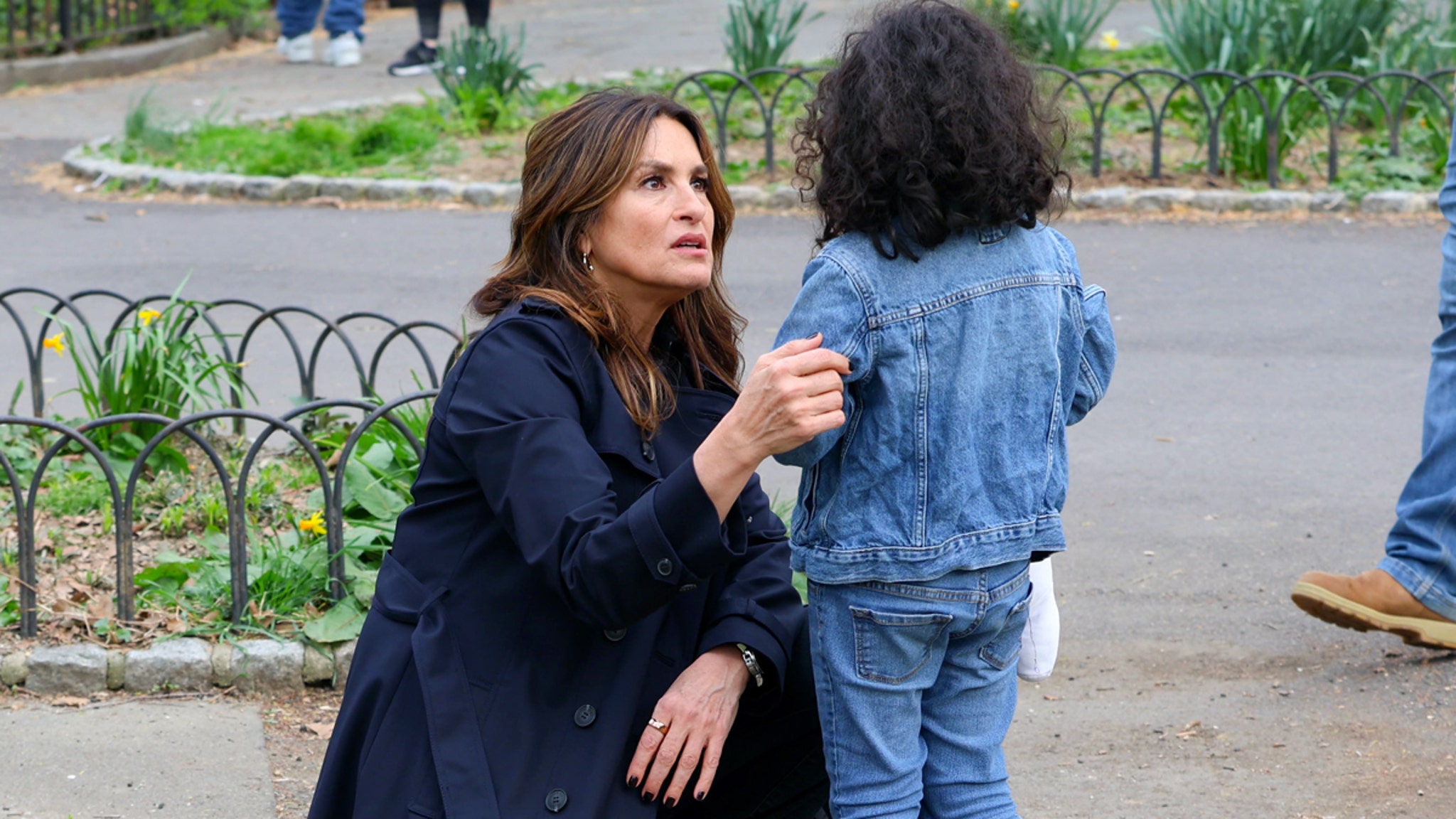
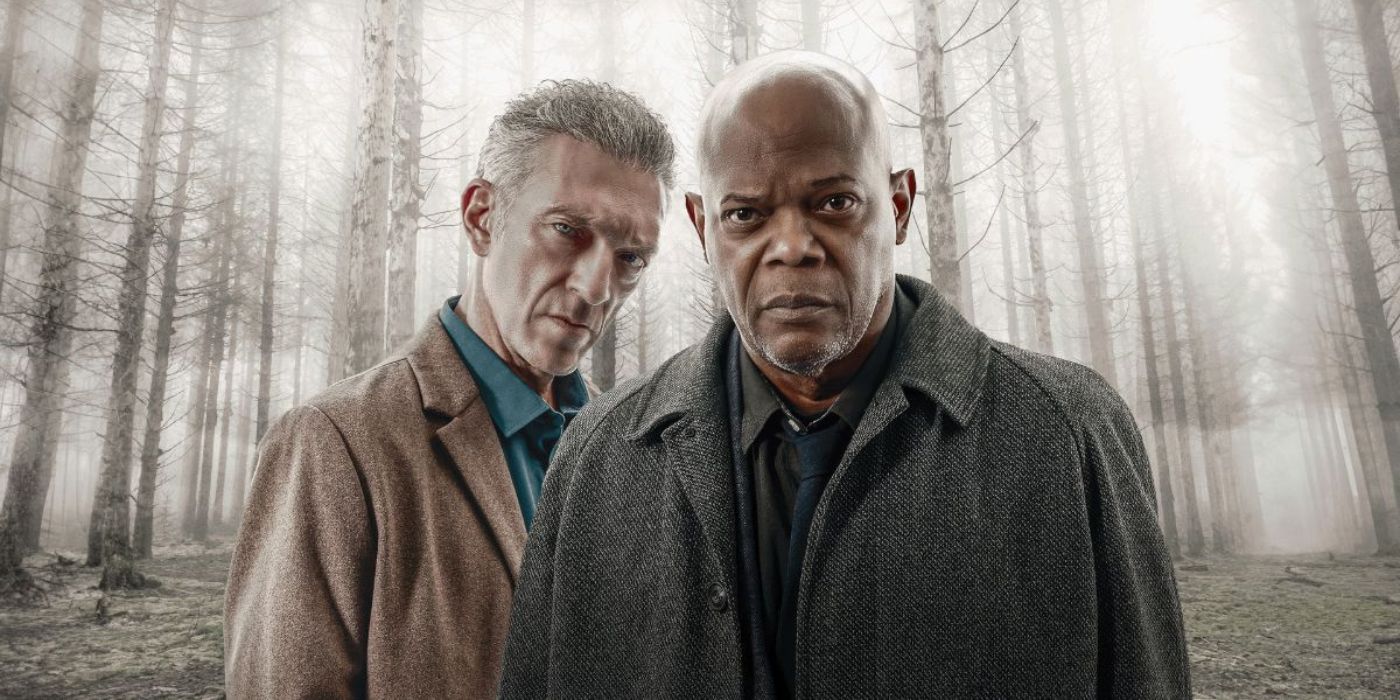
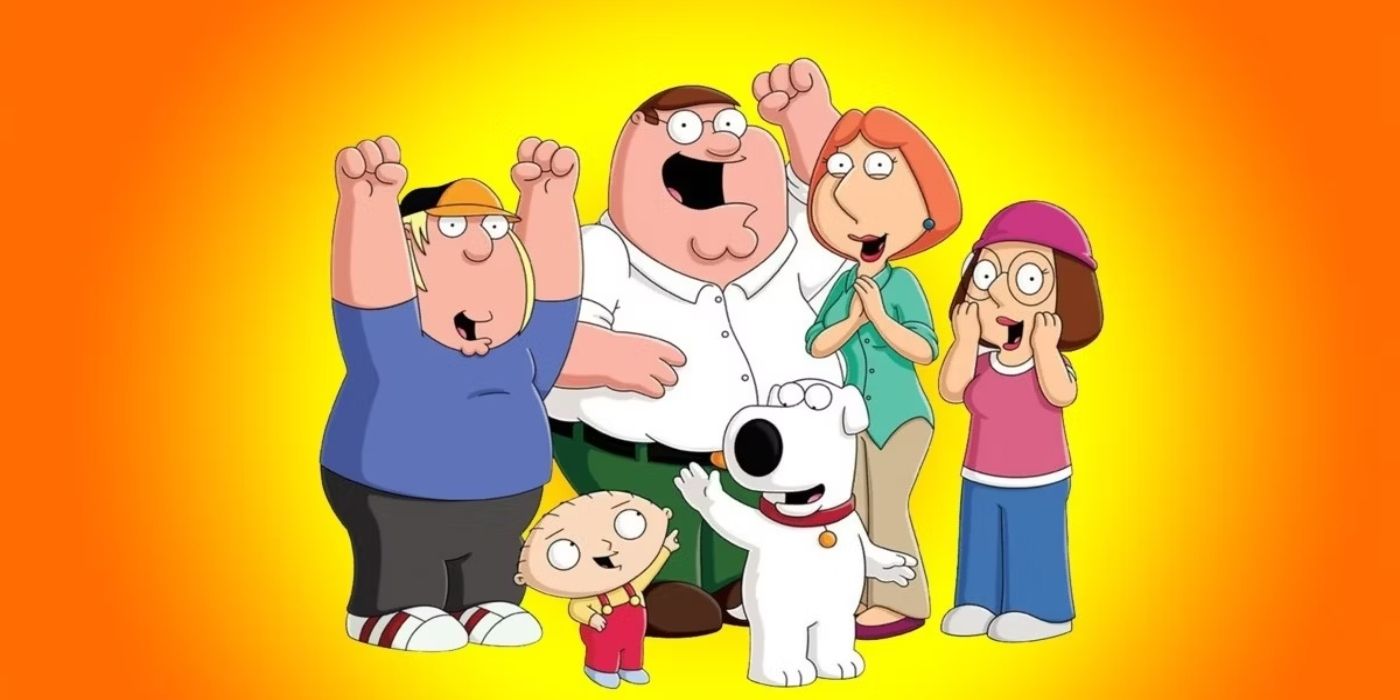


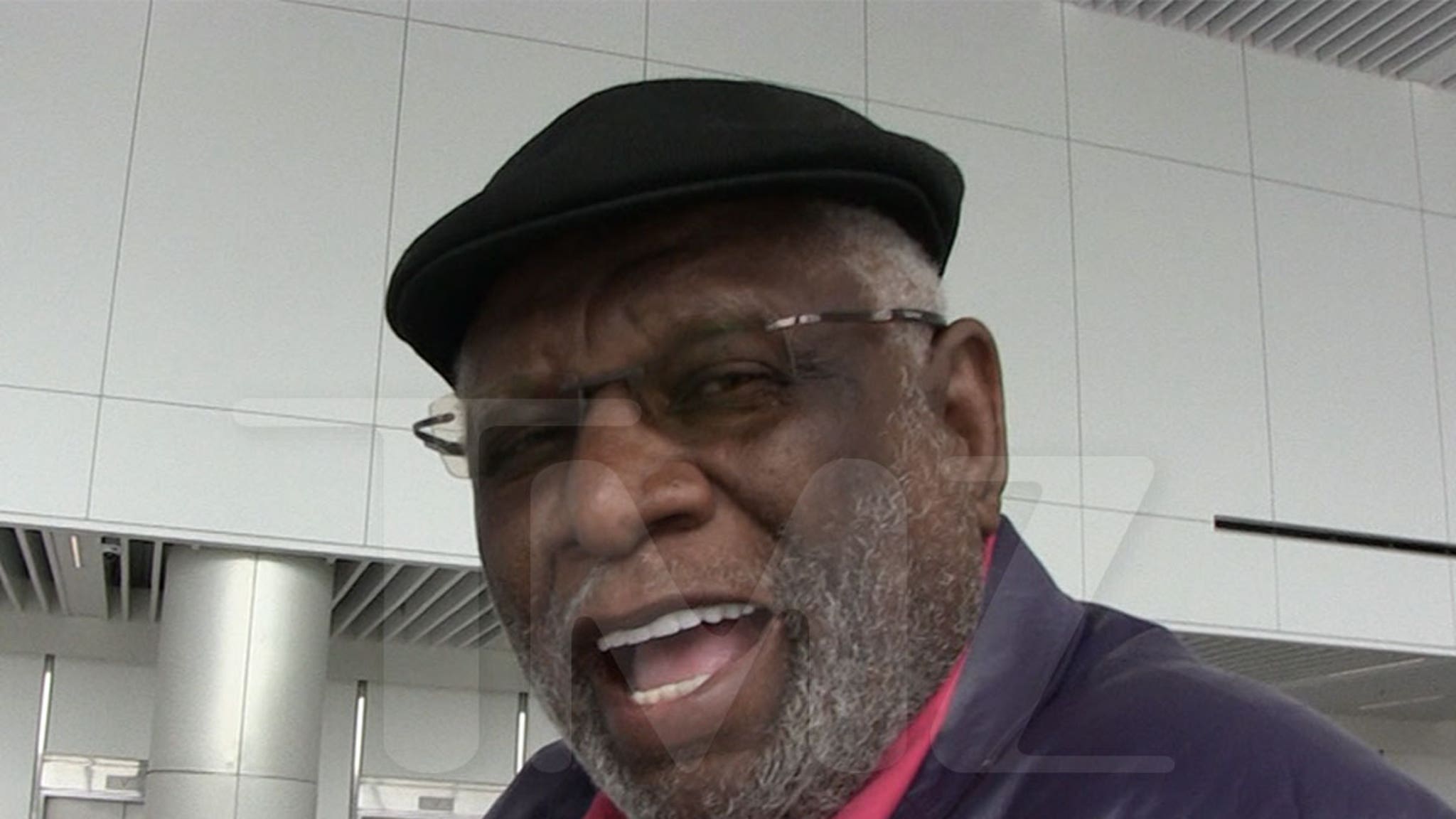

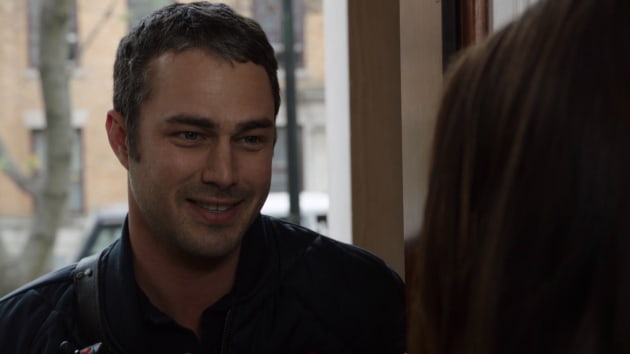

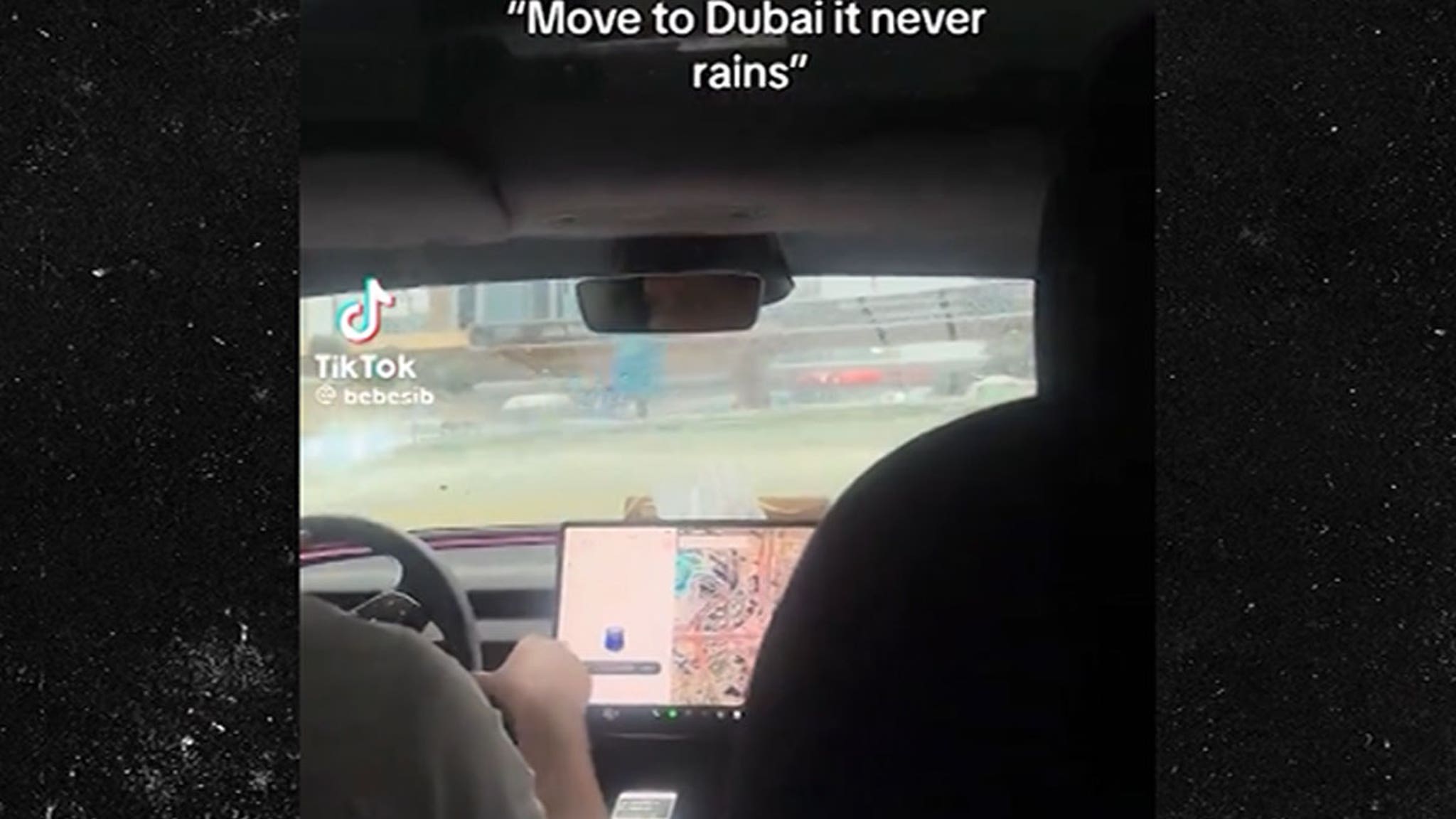
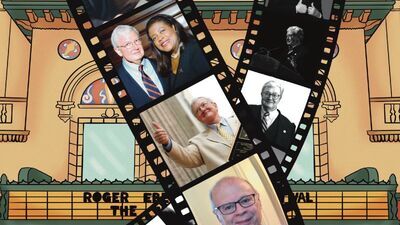
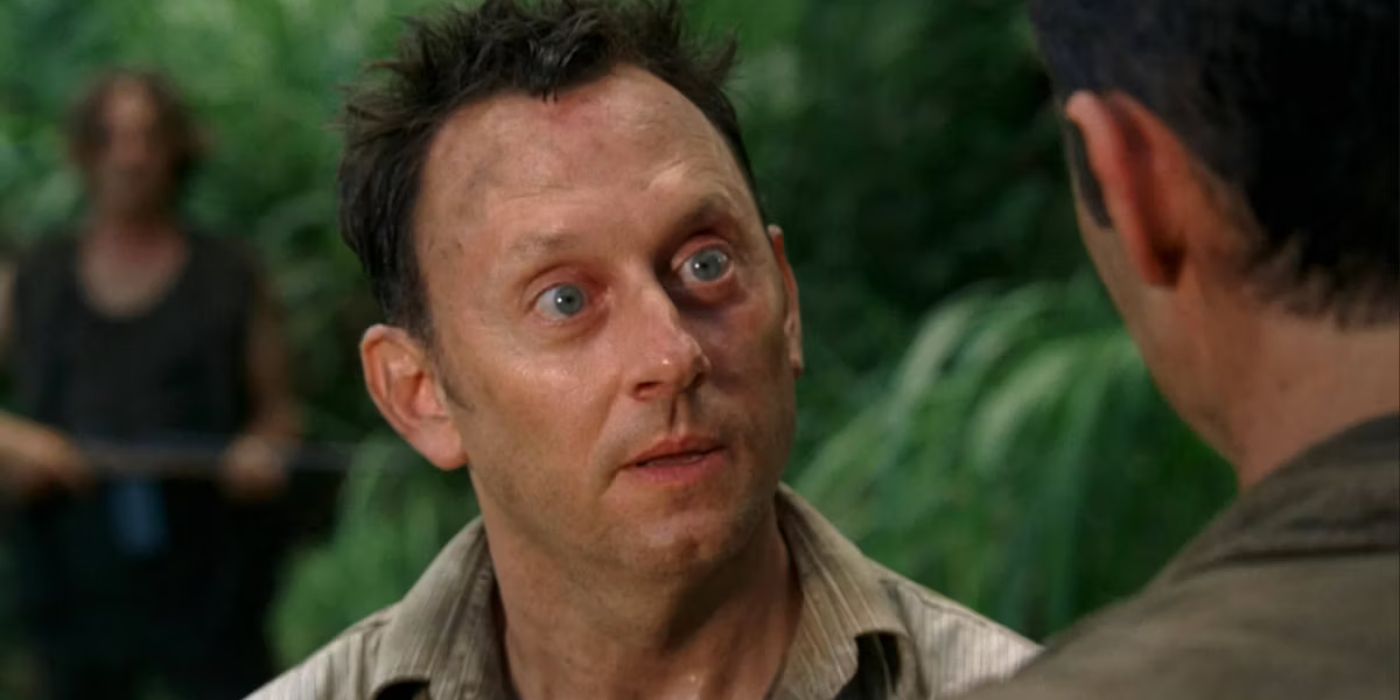

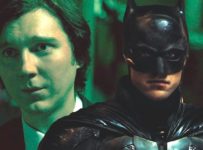

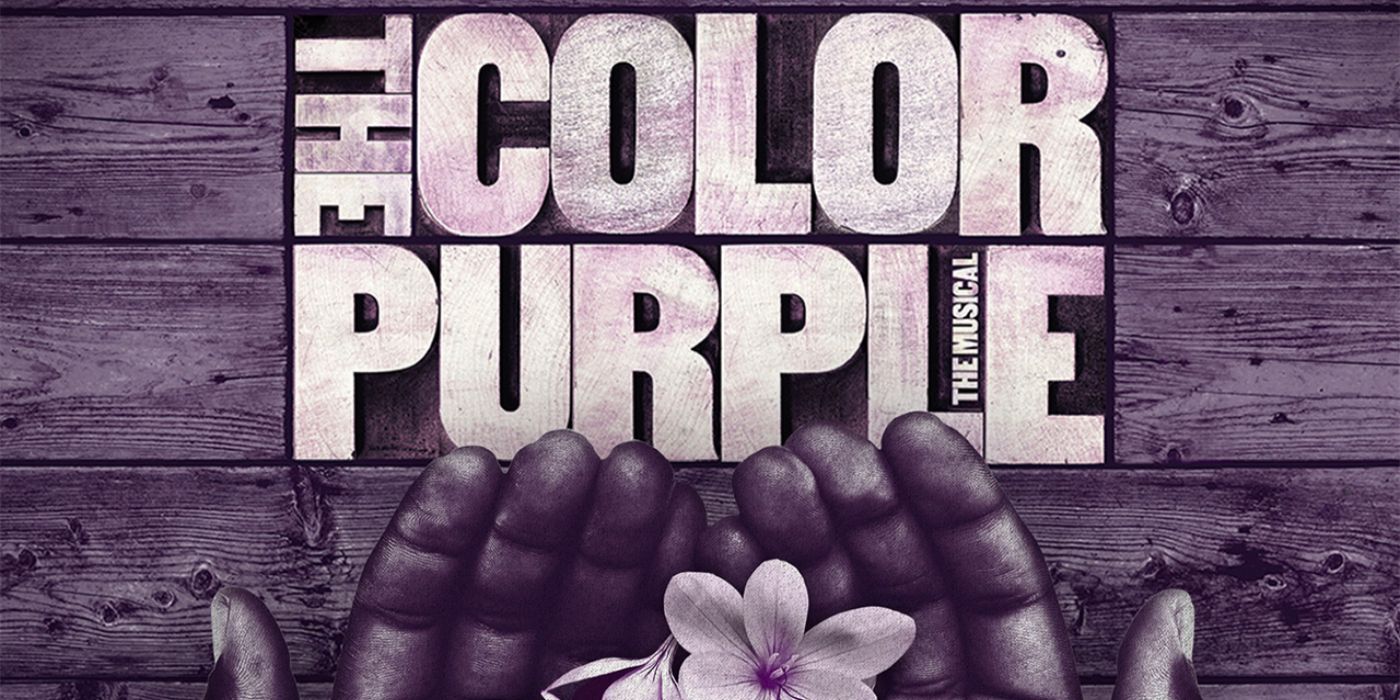


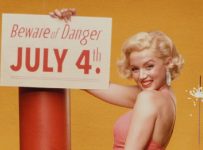
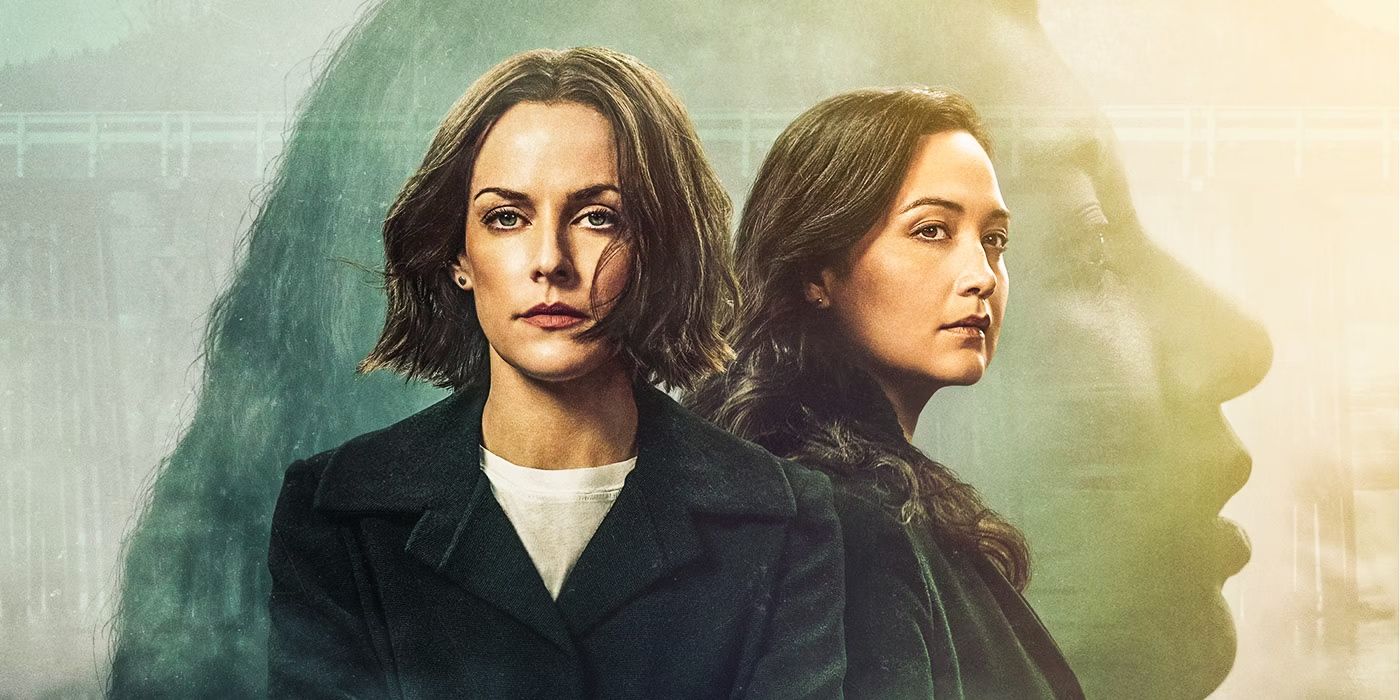

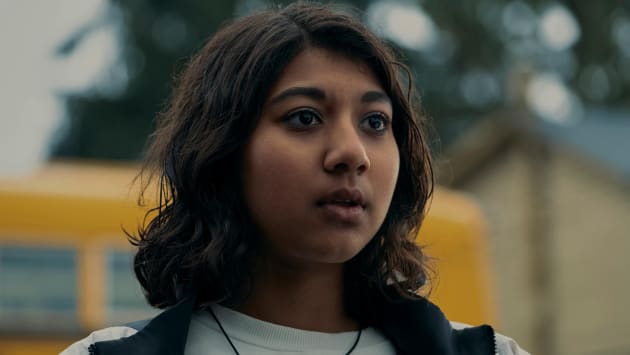

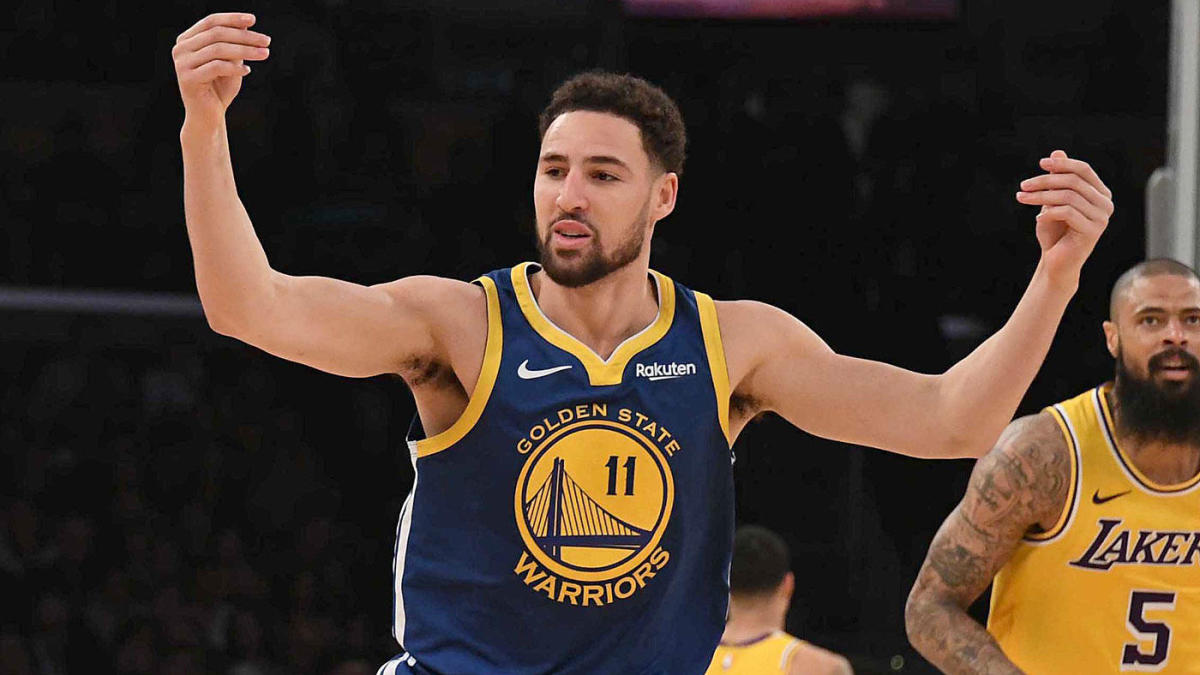
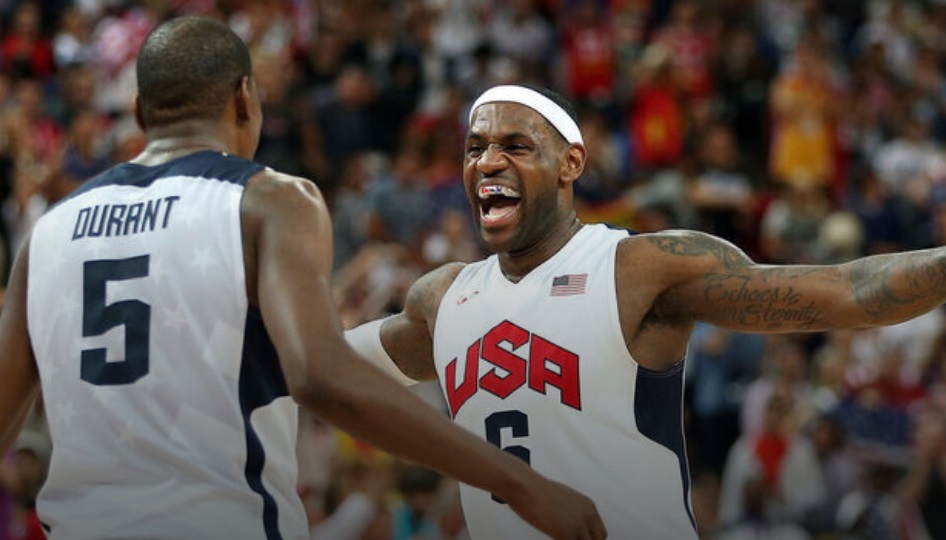

:quality(85):upscale()/2024/04/17/889/n/1922564/11ffcf3266202f3b5d6957.64811882_.jpg)


